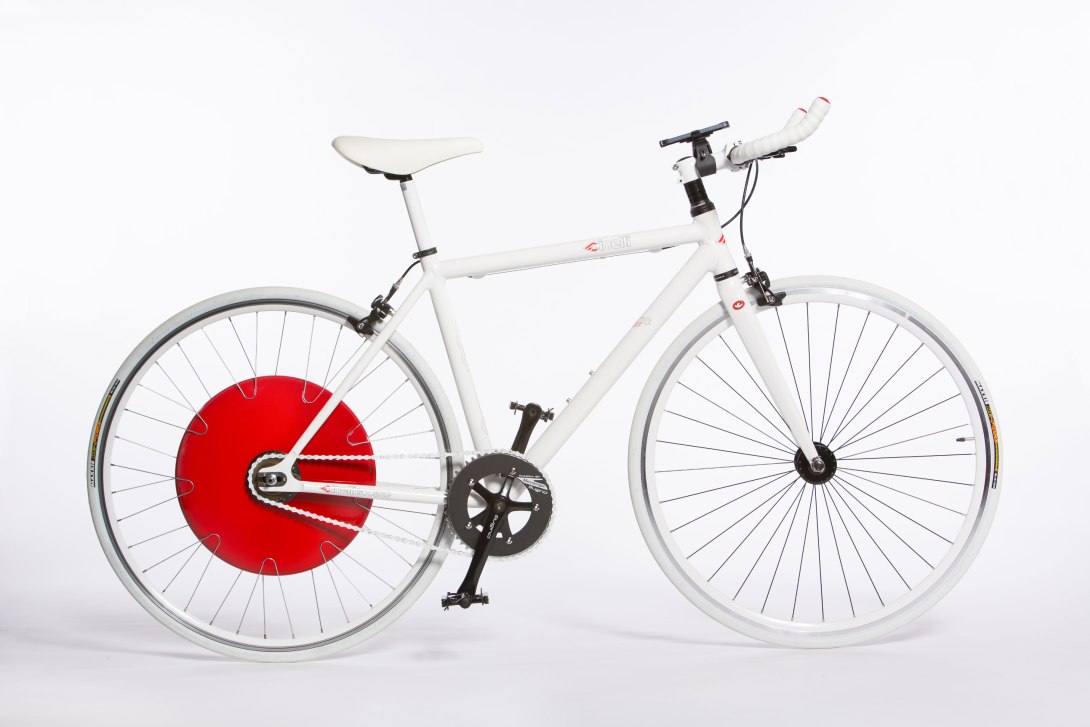


Author: Prof. Dr. Peter Zec | 2017-03-06
In the spring, 40 experts from around the world are reflecting on this tense yet wonderful period, because they just finished reviewing the 2017 Red Dot design awards entries. Once again, the experts went through a grueling selection process, reviewing thousands of entries in only a couple of days while testing and discussing each one of them. The decision process relies on the judges' sophisticated professional judgment to ensure that the quality of the winner matches the significance of the Red Dot. The selection process has been at the core of the Red Dot since its establishment by Industrieform in 1955. So these days have been momentous for me as well as the experts.

The reviewing site of Red Dot Award 2016
Among the entries, two special categories are "cars and locomotives" and "commercial and professional vehicles". Just getting the vehicle to the selection site was a logistical challenge. As a car fan, I was impatient to participate in the selection every time. I was even more impressed when, for the first time this year, we borrowed an entire airport to test the limits of each car. Being able to review at the airport is a big milestone for the Red Dot design awards.
The automobile categories, like the rest of the awards, are subject to rigorous scrutiny by experts, who assess properties such as performance, functionality, emotion and symbolic meaning. I am particularly interested in the industry's response to current hot issues: how to maintain the "driving experience" and enhance the emotional interaction between people and cars, while vehicle design is increasingly digital and automated; or how those automobile manufacturers with distinctive brands and a long history can create new models with traditional and classic design features that will not be eliminated by ages. In this respect, Porsche successfully achieved a perfect balance by creating a highly recognizable product design, and was recognized by the Red Dot juries. In 2012, Porsche won the title of Red Dot: Design Team of the Year. In addition, the environment is constantly changing. Except for new possibilities from the growing awareness of environmental protection, I am also curious about how the manufacturers of public transportation should design corresponding products in the face of the maturity of urbanization.
From the Red Dot: Design Concept, we can see the transformation of transportation in today's society. The award category is set up for product development vision. For the past three years, there have been many traffic-related entries that won the highest honor of the Red Dot: Design Concept ─ Red Dot: Luminary, which reflect the possibilities of this industry: the "Copenhagen wheel" put forward by the Massachusetts Institute, can transform any normal bicycle into intelligent electric bicycle; This concept of combining intelligence with environmental protection provides solutions for expanding cities. In addition, the special material design of the "Boostrac tires" can maintain stability in dry land or in the desert, and Google self-driving cars are constantly going through testing and improving their software and hardware.
The application of the 2017 Red Dot: Design Concept will be available until the end of may, and I believe the jury has high expectations for this year's entries. I also look forward to seeing these design concepts participating in the Red Dot: Product Design award for mass-market products in the future, which symbolizes the achievement of transforming design from concept to reality.

Press